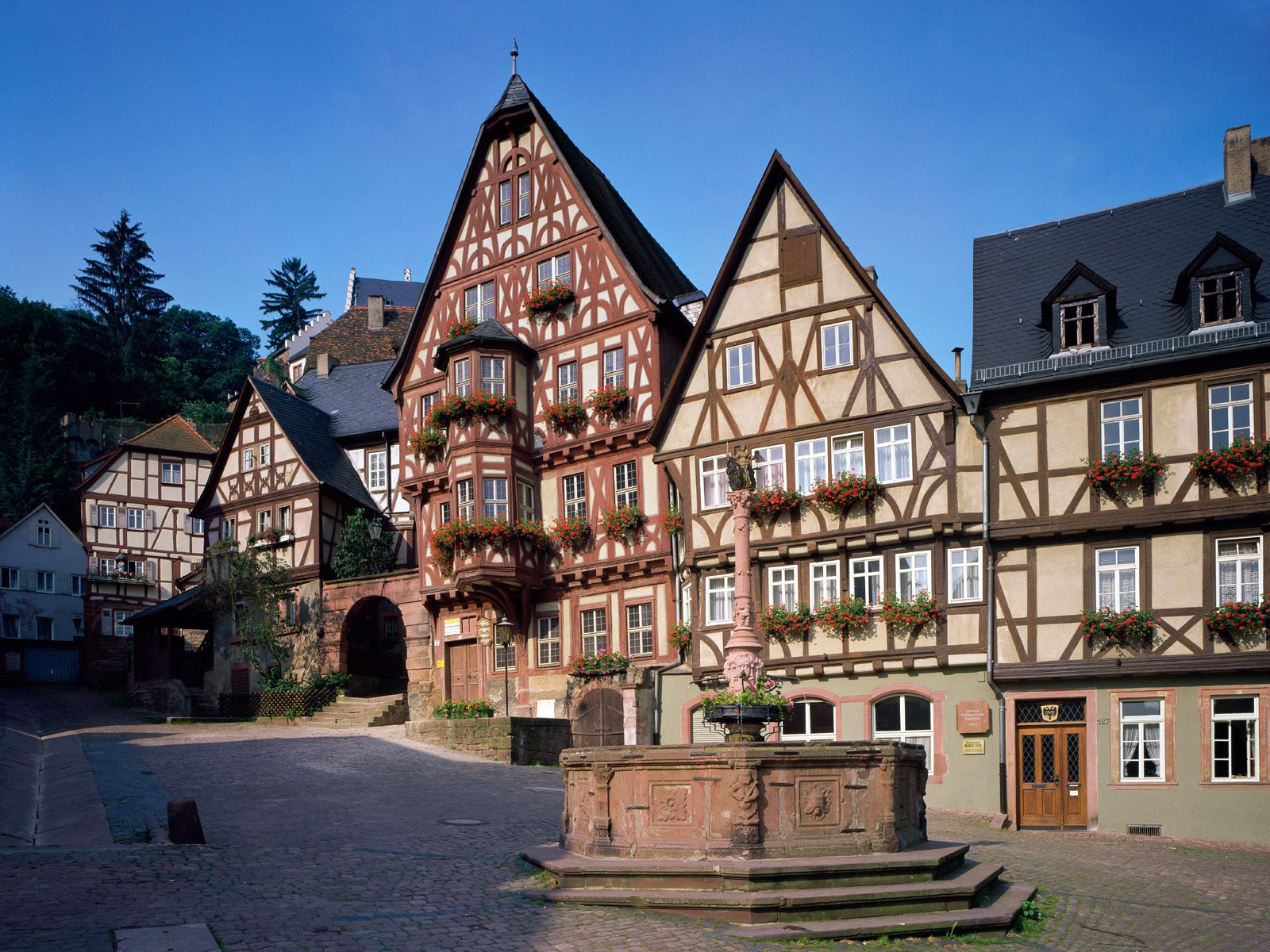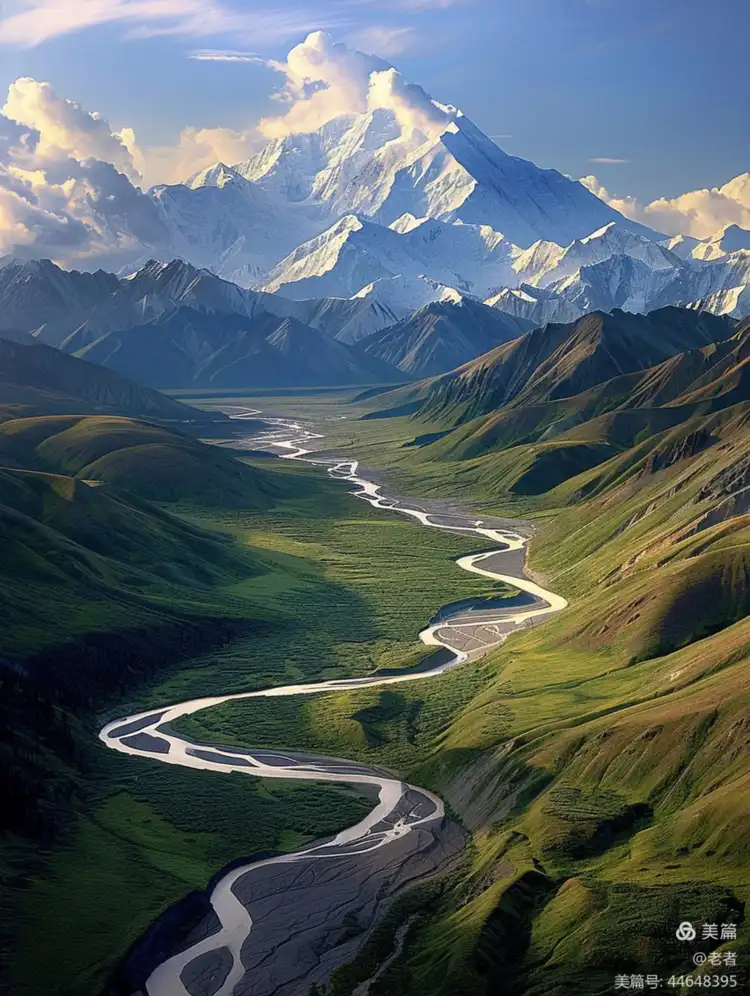Global Travel Information
Rocky Mountain National Park, USA
Rocky Mountain National Park: A Majestic Wilderness in the Heart of America
Nestled in the rugged heart of Colorado, Rocky Mountain National Park (RMNP) stands as one of the most breathtaking natural wonders in the United States. Spanning over 265,000 acres, this iconic park is a sanctuary of alpine peaks, pristine lakes, dense forests, and diverse wildlife. Established in 1915, RMNP attracts millions of visitors each year, offering unparalleled opportunities for hiking, wildlife viewing, photography, and solitude in nature’s grandeur.

A Landscape Carved by Time
The park’s dramatic scenery is the result of millions of years of geological activity. The Rocky Mountains, part of the larger North American Cordillera, were formed through tectonic uplift and glacial erosion. Towering above the landscape is Longs Peak, the park’s highest summit at 14,259 feet (4,346 meters), a challenging climb for experienced mountaineers. The park also features over 60 peaks exceeding 12,000 feet, earning it the nickname "the roof of the Rockies."
Glaciers played a crucial role in shaping the park’s valleys and lakes. The most famous of these is Bear Lake, a stunning alpine lake surrounded by jagged peaks. Nearby, Dream Lake and Emerald Lake offer equally mesmerizing reflections of the mountains. The Trail Ridge Road, the highest continuous paved road in the U.S., winds through the park, reaching elevations of 12,183 feet and providing jaw-dropping panoramic views.
Wildlife and Ecosystems
Rocky Mountain National Park is a haven for wildlife, hosting over 60 mammal species and 280 bird species. Elk are perhaps the park’s most iconic residents, with large herds often seen grazing in meadows, particularly in the fall during the rutting season. Moose, reintroduced in the 1970s, now thrive in the park’s wetlands. Bighorn sheep, the symbol of RMNP, can be spotted on steep cliffs, while black bears and mountain lions roam the more remote areas.
The park’s ecosystems vary dramatically with elevation. Lower elevations are dominated by montane forests of ponderosa pine and Douglas fir, while subalpine zones feature Engelmann spruce and subalpine fir. Above the treeline, the alpine tundra is a fragile world of hardy plants and lichens adapted to harsh winds and freezing temperatures. Wildflowers, such as Colorado blue columbine and alpine sunflowers, burst into color during the short summer season.
Adventure Awaits: Hiking and Outdoor Activities
For outdoor enthusiasts, RMNP is a paradise. With over 355 miles of hiking trails, ranging from easy strolls to strenuous backcountry routes, there’s something for every skill level. Popular hikes include:
- Bear Lake Loop (0.6 miles) – A short, family-friendly walk with stunning mountain views.
- Sky Pond (9 miles round-trip) – A challenging but rewarding trek past waterfalls and alpine lakes.
- Chasm Lake (8.4 miles round-trip) – A dramatic glacial lake beneath Longs Peak’s towering cliffs.
Rock climbing, horseback riding, and fishing are also popular activities. In winter, the park transforms into a snowy wonderland, ideal for snowshoeing and cross-country skiing.
Conservation Challenges
Despite its protected status, RMNP faces environmental threats. Climate change is causing earlier snowmelt, affecting water supplies and ecosystems. Increased visitation has led to overcrowding in some areas, prompting the park to implement a timed entry system to preserve its fragile landscapes. Wildlife, particularly elk, face habitat pressures, and invasive species threaten native plants.
Efforts are underway to mitigate these challenges, including habitat restoration and sustainable tourism initiatives. Visitors are encouraged to practice Leave No Trace principles to minimize their impact.
A Place of Solitude and Inspiration
Beyond its physical beauty, Rocky Mountain National Park offers something deeper—a connection to the wild. Whether standing atop a windswept ridge, listening to the bugle of an elk at dawn, or gazing at a star-filled sky unobstructed by city lights, visitors often leave with a renewed sense of wonder.
As naturalist John Muir once said, "The mountains are calling, and I must go." Rocky Mountain National Park is one of those rare places where that call is answered in full—a timeless wilderness that continues to inspire awe and reverence in all who explore its heights.
相关文章
- Elbe River Film Locations: Movies Shot Along the River
- Elbe River Historical Markers: Learn About Local History
- Elbe River Archaeological Sites: Ancient Finds Near the Water
- Elbe River Botanical Gardens: Flowers & Plants Along the Banks
- Elbe River Zoos & Aquariums: Family Fun Near the River
- Elbe River Amusement Parks: Rides with River Views
- Elbe River Camping Spots: Pitch a Tent by the Water
- Elbe River Glamping Sites: Luxury Camping Along the Banks
- Elbe River RV Parks: Stay in Your Camper Near the River
- Elbe River B&Bs: Cozy Accommodations with a Personal Touch
发表评论
评论列表
- 这篇文章还没有收到评论,赶紧来抢沙发吧~


